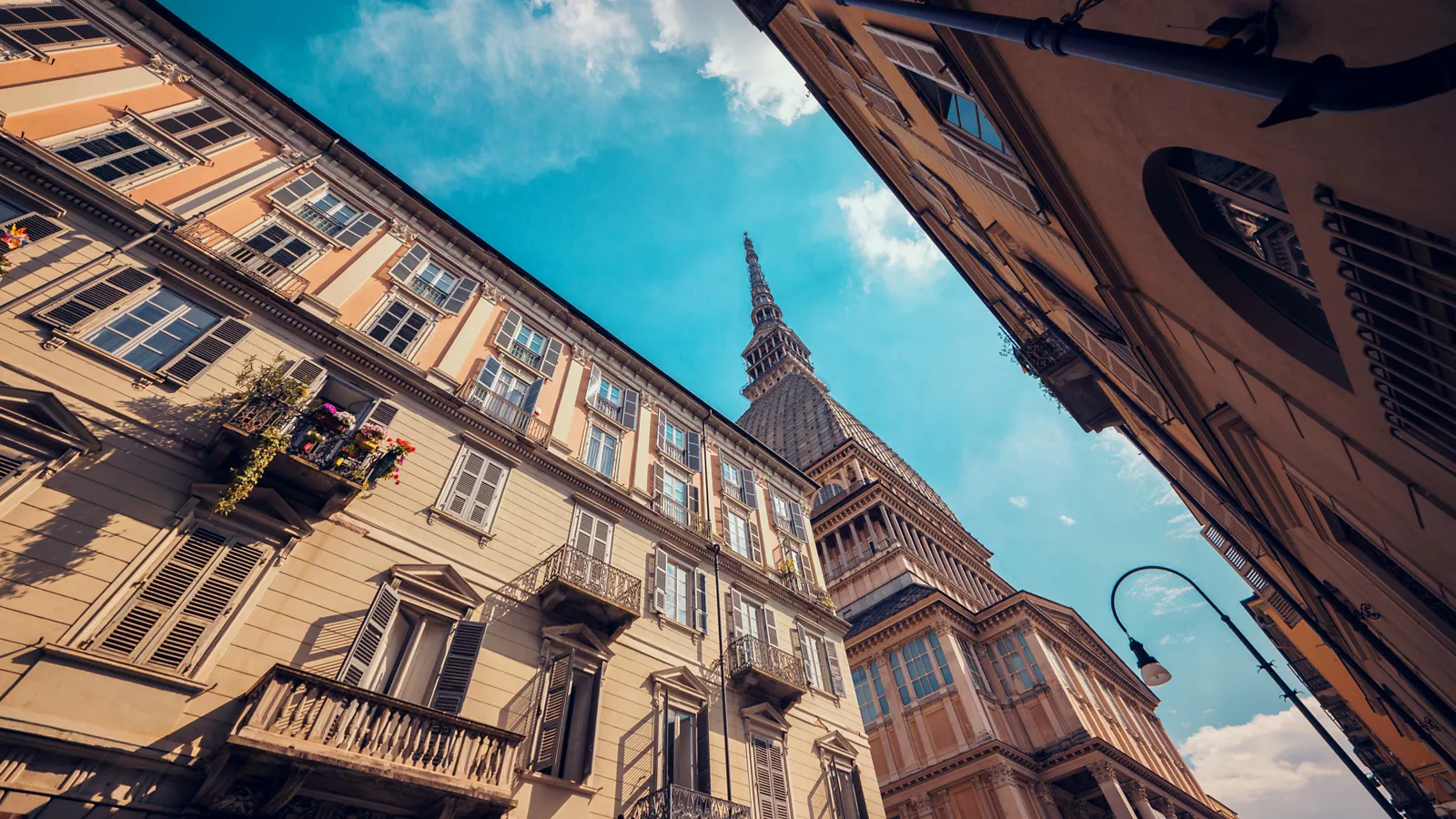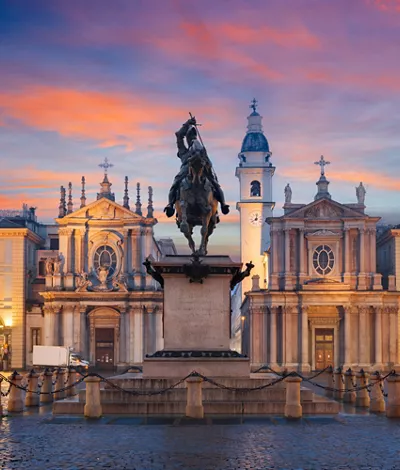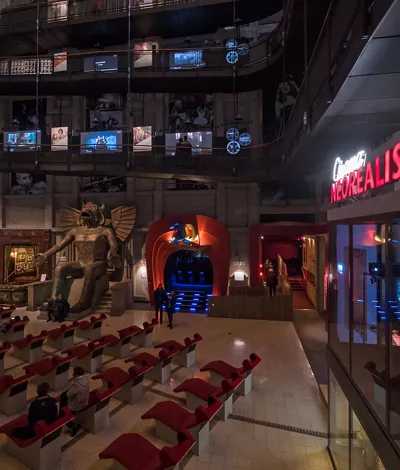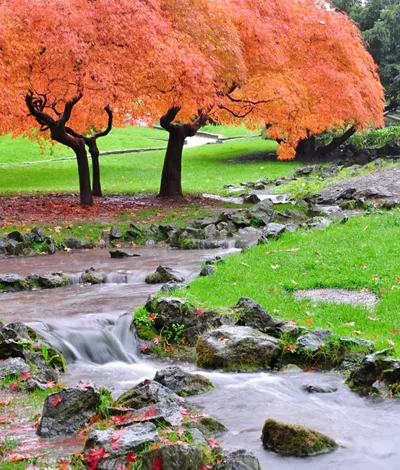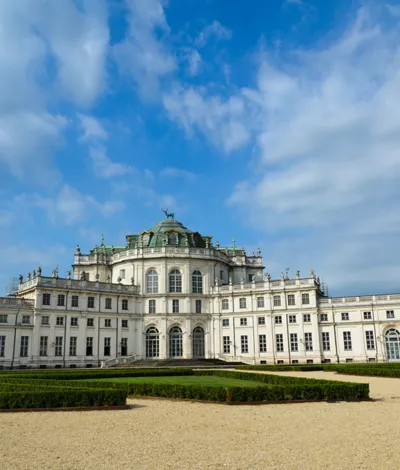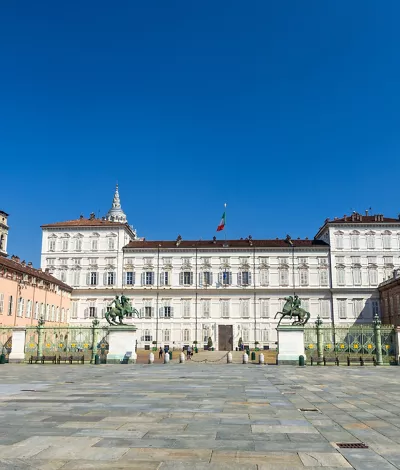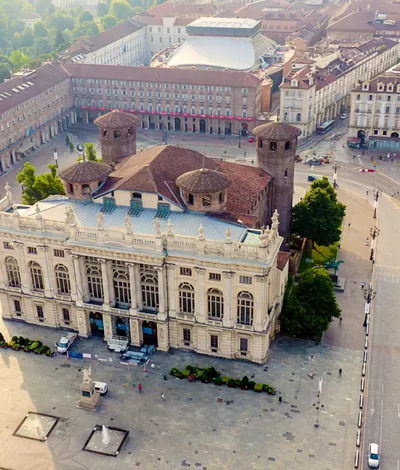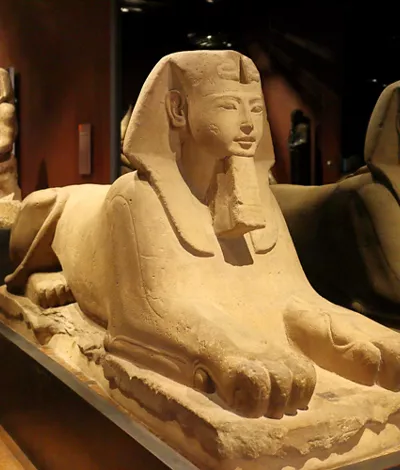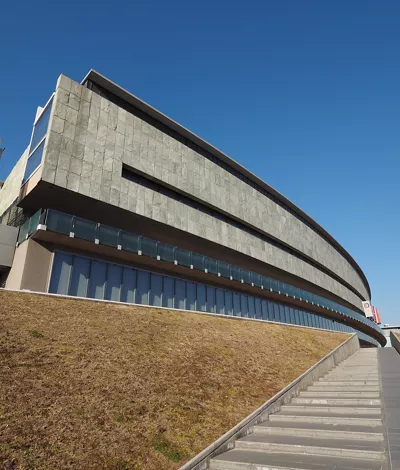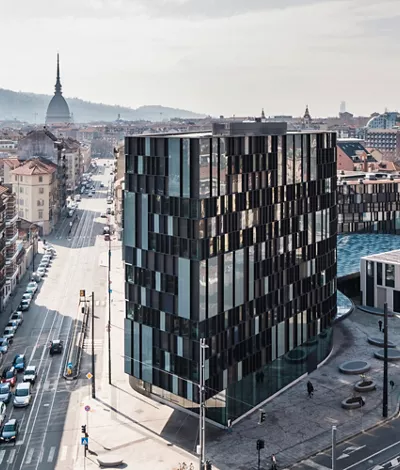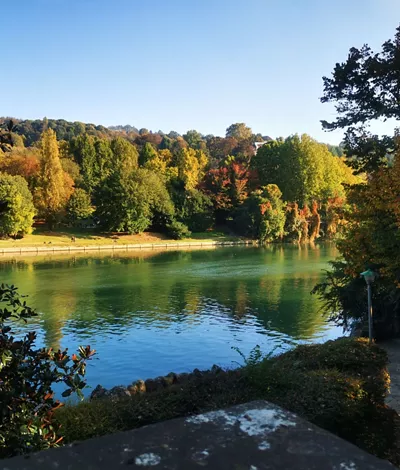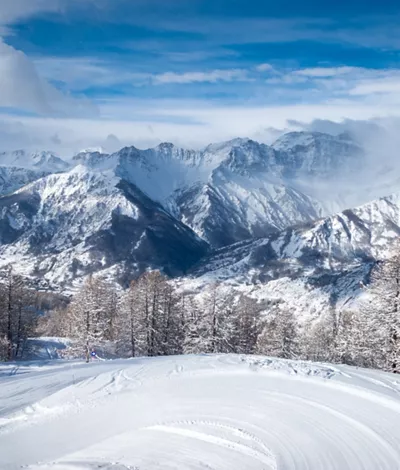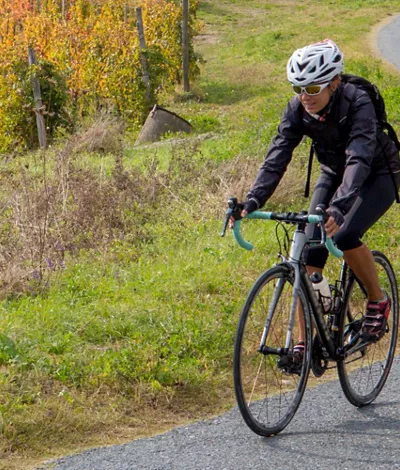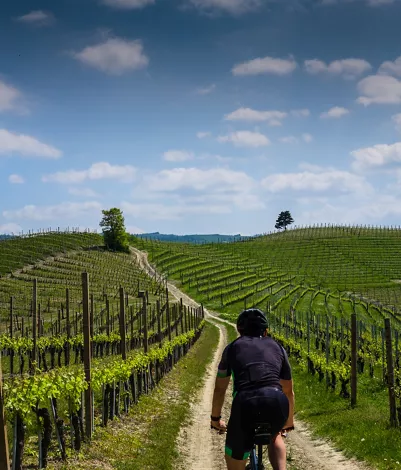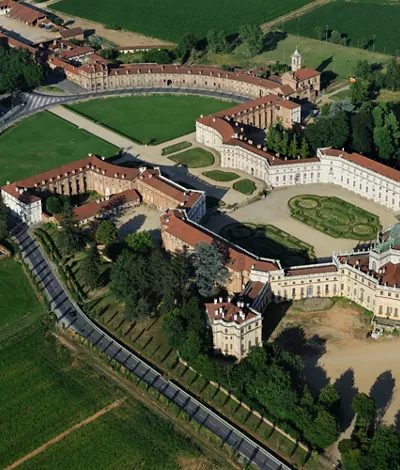Discovering Turin, a multifaceted city rich in historic splendour
Elegant and earnest, Turin boasts a one-of-a-kind artistic and cultural heritage: the elegant aristocratic residences of times gone by, breathtaking Baroque architecture, bountiful museums and priceless monuments still stand tall today, creating a unique blend between past and present.

A noble capital transformed into a cultural melting pot
At the foot of the Alps, Turin was once the capital of the House of Savoy and birthplace of the Italian resurgence. Today, it is an innovation hub of Italian industry, rich in art and culture. Dynamic and baroque, Turin wows with its renowned Egyptian museum, architectural and monumental wonders, art galleries, international events and delicious traditional food – it’s a chocoholic's paradise!
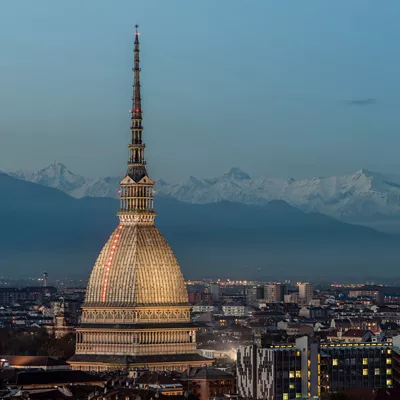
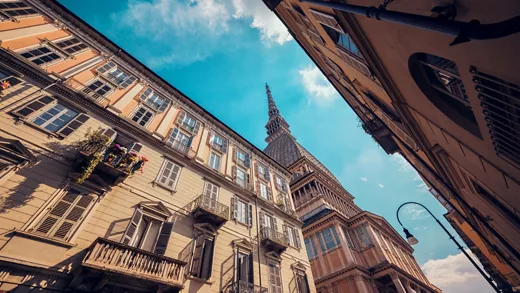
Turin
Discovering Turin, a multifaceted city rich in historic splendour. Elegant and earnest, Turin boasts a one-of-a-kind artistic and cultural heritage: the elegant aristocratic residences of times gone by, breathtaking Baroque architecture, bountiful museums and priceless monuments still stand tall today, creating a unique blend between past and present.
Discover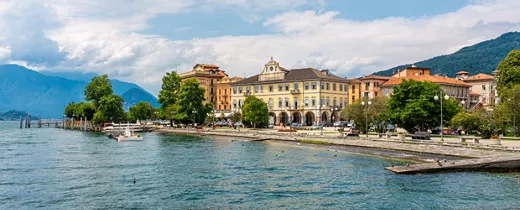
Verbania
Lakeside villas and gardens The province of Verbano-Cusio-Ossola stretches between Lake Orta and Lake Maggiore, on the shores of which stand stunning villas surrounded by gardens, like Villa Taranto and Villa Giulia in Verbania or Villa Pallavicino in Stresa. From Stresa, you can take a boat to the beautiful Borromean Islands. Isola Bella is home to the 17th-century Palazzo Borromeo, with Baroque gardens, original furnishings, and paintings by Tiepolo and Carracci. On Isola Madre is a magnificent botanical garden, while on Isola Superiore or Isola dei Pescatori, the only inhabited island, you can stroll through charming villages. Also along the shores of Lake Maggiore are the medieval villages of Cannobio and Cannero Riviera, with a small harbour carved out of the rock, the Parco Degli Agrumi ecological park and moated castles. In Pallanza is the 12th-century Oratory of Saint Remigio. The picturesque town of Omegna sits by Lake Orta, while Vogogna is home to the Visconti Castle. Don’t miss the Toce Falls and the Vigezzo Valley, nicknamed the Valley of the Painters, as the landscapes enchanted 19th-century artists. The medieval town of Domodossola is located right here, near the Sacred Mount Calvary of Domodossola. For wilder nature, we recommend visiting the Val Grande National Park. In Macugnaga, in the shadow of Monte Rosa, you can discover Walser culture.
Discover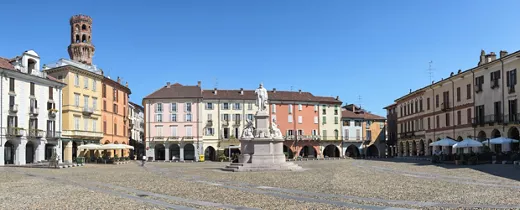
Vercelli
Rice paddies, castles and a mysterious valley Vercelli, in Piedmont, is a jewel to discover. Surrounded by rice paddies, which are fantastic to cycle through while they are flooded between April and May, the city has countless sites of interest, including the Gothic-style Basilica of Sant'Andrea, the Cathedral of Sant’Eusebio, the Visconti Castle, the Leone Museum and the Francesco Borgogna Art Gallery. The province is full of surprises. In Buronzo stands the Castellone castle, while stunning fortresses can also be found in Balocco and Rovasenda. On the banks of the Sesia river is the Lame del Sesia wildlife park, where you can enjoy wonderful walks. Don’t miss Monferrato, with its rolling, vineyard-covered hills. The beating heart of the province of Vercelli is Valsesia. It is home to the Sacro Monte of Varallo, a monumental religious complex that, together with other Italian Sacri Monti, is a UNESCO World Heritage Site. In Alagna Valsesia, you can discover Walser culture, a people of German origin who settled in this valley in the Middle Ages. Valsesia is a must for anyone who loves winter and river sports, from fishing to rafting. It is also home to Europe’s highest mountain hut, Capanna Margherita, at 4,554 metres atop Monte Rosa.
Discover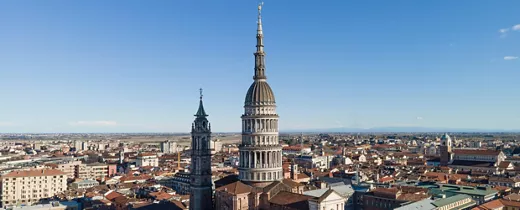
Novara
A journey from the lake to the mountain A crossroads of important trade traffic, the province of Novara is characterised by its varied territory. In the small, quiet old town, visit the Duomo, or Cathedral of Santa Maria Assunta, an unfinished project by architect Alessandro Antonelli, creator of Turin's most famous Mole Antonelliana. Also unfinished is the Basilica of San Gaudenzio, from whose dome you can admire a magnificent panorama stretching as far as Monte Rosa. Alto Vergante, between Lake Maggiore and Mottarone, is rich in hilltop villages, including the historic Massino Visconti. On Lake Orta, discover the Island of San Giulio, with its Romanesque basilica and the ring road, an itinerary of spirituality and meditation. Another beautiful location is Arona, nestled on the shores of Lake Maggiore. From here, admire the Rocca di Angera, surrounded by the enchanting medieval garden and used as a museum, including the Sala delle Maioliche (Majolica Hall) and Europe's largest doll and toy museum. On the eastern outskirts of Cameri, on an erosion crag of the Ticino River, stands the prestigious Villa Picchetta. Finally, the Colline del Boca, an area rich in history and picture-postcard landscapes, famous for the production of the famous DOC wine of the same name and the imposing Boca Sanctuary.
Discover
Biella
Snow, lakes and medieval villages The province of Biella offers unforgettable experiences for all tastes, from the snow-covered slopes of Bielmonte to historic villages, nature reserves, hill-top sanctuaries, castles, and food and wine delights, with polenta concia being the most popular dish. Biella lies at the foot of the Alps and is medieval at heart: the historic centre of Piazzo is located on a rocky ridge that looms over the rest of the town, which was later built and named Biella Piano. Don’t miss the Romanesque baptistery of St John the Baptist in Piazza Duomo, where you can also find St Stephen’s Cathedral. The most beautiful church, however, is the Renaissance basilica of St Sebastian. The cloister of the adjacent monastery houses the Museum of the Biella Territory. Near Biella is Ricetto di Candelo, a still intact, walled medieval walled village. Towards the Biellese Alps you can find the Sanctuary of Oropa on the Sacro Monte, where the locals venerate the Black Madonna. To be surrounded by nature, we recommend visiting the Parco Burcina Natural Reserve or Oasi Zegna, true natural paradises. Lake Viverone, the third largest lake in Piedmont, also offers beautiful walks and views. History buffs, meanwhile, should head to Masino Castle, the former residence of the Counts of Valperga.
Discover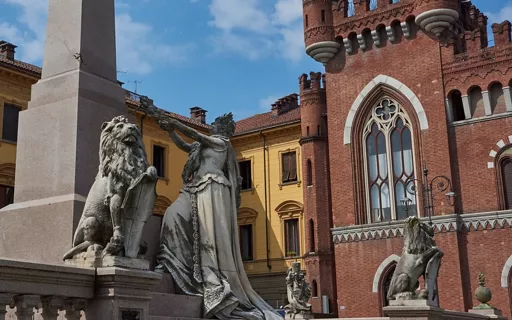
Asti
Villages, churches and castles in the hills of Monferrato Lush countryside covered with vineyards, ancient villages and parish churches, castles perched atop rolling hills: this is the province of Asti, the beating heart of the Monferrato region known for its wine production. Every year it hosts the Douja d’Or, awarded to the best Piemonte wines. The city of Asti, along the ancient Via Francigena, has been nicknamed the city of a hundred towers since the Middle Ages. Many of them are still standing, including the 12th-century, 44-metre-high Torre Troyana tower, a symbol of the city. Don’t miss the Collegiate Church of Saint Secundus, the largest Gothic-style church in Piedmont dedicated to St Mary of the Assumption and St Gotthard, Palazzo Alfieri, the birthplace of writer Vittorio Alfieri, and the baroque Palazzo Mazzetti, now a civic museum. The most beautiful villages include Cocconato d’Asti, with magnificent views over the Versa Valley, Moncalvo, known as the smallest city in Italy, Mombaruzzo, famous for its amaretti biscuits, and Nizza Monferrato, where “hunchback” cardoon is grown. Albugnano is home to the splendid Romanesque-Gothic Abbey of Vezzolano. Don’t miss the castles of Piea, San Martino Alfieri, Montiglio and Castell’Alfero, as well as the 14th-century Costigliole d’Asti, which houses the Italian Culinary Institute for Foreigners. Speaking of cuisine, local delicacies include agnolotti pasta, truffles, cured meats and, of course, bagna cauda. In summer and autumn, you can enjoy a picnic among the grapevines with local wines and cheeses. More information: Langhe Monferrato Roero Tourism Board - Official website (visitlmr.it)
Discover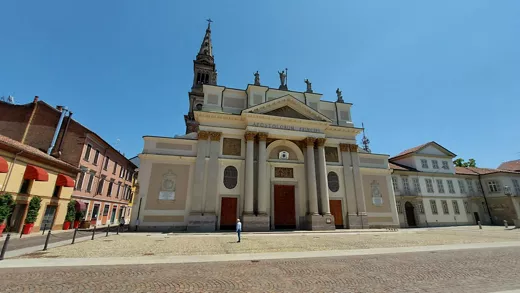
Alessandria
The pleasure of discovery, among castles, historic battles and Romanesque masterpieces Known in Frederick Barbarossa’s time as Civitas Nova, after joining the Lombard League in 1168 it was offered to Pope Alexander III, who agreed to make it a feudal holding of the Church. It was renamed Alessandria in his honour. While, historically, its relationship with neighbouring Monferrato, which is only about thirty kilometres from the city, was marked by struggles and divisions, today Casale is an unmissable destination to discover some of its precious treasures — starting with the Synagogue of 1595, among the best examples of Piedmontese Baroque style, with the Jewish museum attached. We recommend visiting the Casale Monferrato Cathedral dedicated to Saint Evasius, one of the best-preserved Romanesque churches with its characteristic double narthex. If you find yourself in the historic centre, don’t forget to taste the authentic Krumiri, the popular biscuits inspired by the shape of King Victor Emmanuel II’s moustache. Among the fortresses in the Alessandria countryside, it is worth visiting the 12th-century Giarole Castle of the Sannazzaro family, with its frescoed halls, tower, fascinating dungeons and imposing 19th-century park. For fans of the Napoleonic campaigns, the Marengo Museum is a must for reconstructing Bonaparte’s exploits, as well as the causes, developments and consequences of the Battle of Marengo.
Discover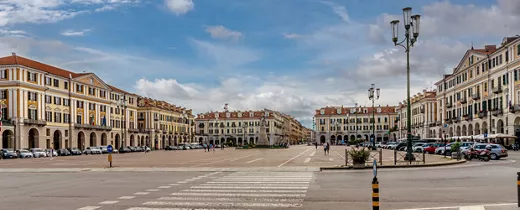
Cuneo
Hunting for truffles, castles and storks Created as a military citadel by the Savoy family, Cuneo stands at the confluence of the Stura and Gesso rivers, on a plateau in the shape of a “cùneo” (wedge), after which it was named. The historic centre winds around Piazza Galimberti, an elegant gathering place surrounded by porticoed buildings. Via Roma, the main street, is lined with architecturally fascinating buildings, including the Palazzo della Torre, surmounted by the 14th-century Civic Tower, Casa Basso, with its ancient brick decorations, and Casa Quaglia, with its façade frescoed with heraldic motifs. A traditional, less crowded corner is the old Jewish ghetto, Contrada Mondovì, with several historic shops. If you visit the city, be sure to try Cuneesi, the typical chocolate made with meringue and rum. For more refined palates, we recommend visiting the Langhe area, from Barolo, the town famous for its namesake red wine, to Alba, with its prized white truffles. Every year, the cream of the crop are auctioned for charity. Don’t miss the castle of Racconigi with its beautiful park. Owned by the Savoy family since the 14th century, it has been a UNESCO World Heritage Site since 1997. Nearby is the Associazione Centro Cicogne e Anatidi nature reserve, which specialises in protecting storks. In this green oasis, you can admire the storks and enjoy a picnic, making it the perfect outing for the whole family.
Discover
Continue living like an Italian
Subscribe to the Newsletter so as not to miss places, events and experiences for experiencing the best side of Italy: the authentic one.

Keep up to date
Would you like to learn about the most authentic experiences to be had in Italy, stay up to date on the most interesting events, discover our special offers and receive lots of insider hints and tips?


